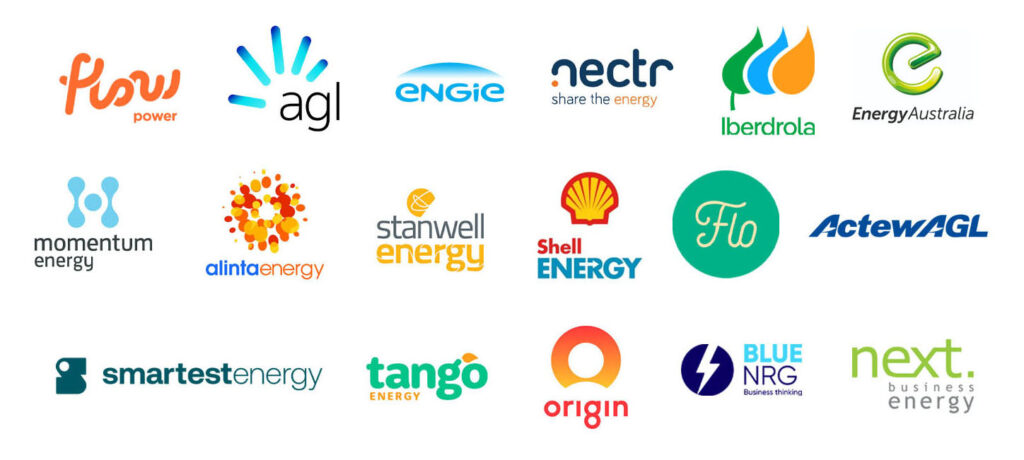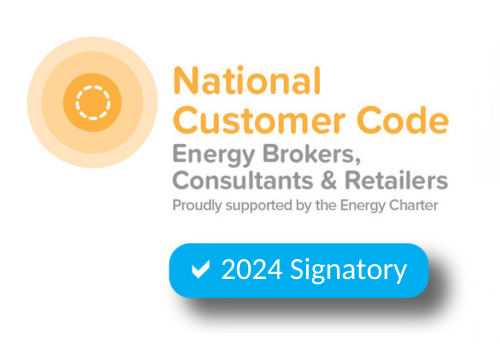Reduced wholesale prices, reduced operational demand and declining coal versus ascendant renewables were the most salient points in The Australian Energy Market Operator’s (AEMO) Q3 Quarterly Energy Dynamics Report.
Wholesale spot electricity prices in the National Electricity Market (NEM) averaged $63 per megawatt-hour in Q3 2023, a 71% decline from the previous year, despite the retirement of some coal units. The drop was due to higher output from renewable energy sources and lower operational demand.
Warmer weather and a 31% growth in distributed photovoltaic (PV) output in Q3 2023 led to a new low in the National Electricity Market’s (NEM) operational demand, with numerous minimum demand records set.
Changes in Energy Generation
Black coal-fired and gas generation saw declines, while grid-scale solar output increased in Q3 2023. Notably, a new record for renewable energy penetration was set in the NEM, reaching 70% in a specific half-hour period.
Reduced Wholesale Prices
Wholesale spot electricity prices across the NEM in Q3 2023 averaged $63 per megawatt-hour (MWh).
This represents a staggering 71% decline from the same period the previous year.
Furthermore, it marked a 41% reduction from Q2 2023, which is a notable achievement considering the substantial decrease in coal-fired capacity.
The variation in quarterly spot prices was evident across the NEM. Tasmania enjoyed the lowest average quarterly spot price at $29/MWh, while South Australia faced the highest average quarterly spot price of $92/MWh.
Warmer Weather and Distributed Photovoltaic Growth Reduce Q3 Operational Demand
The balmy weather conditions experienced across the vast expanse of Australia in Q3 2023 had a profound impact on electricity demand.
The increased use of air conditioning and cooling systems was mitigated by more energy-efficient practices and technological advancements, which led to a reduction in underlying demand.
In fact, underlying demand in most NEM regions decreased notably during this quarter.
The Remarkable Rise of Distributed PV
A standout highlight of this quarter’s report is the remarkable growth of distributed PV output. Australia witnessed distributed photovoltaic installations generating an average of 2,287 megawatts (MW) during this quarter, a staggering 31% increase when compared to the same period in 2022.
This increase is not just a notable achievement; it also set a new high-water mark for Q3.
The prolific adoption of distributed PV systems by residential and commercial users across the nation played a pivotal role in this surge.
New Record-Low Operational Demand
As a result of these combined factors, Q3 2023 saw the operational demand in the NEM reach a historic low. The average operational demand plummeted to a mere 21,270 MW, marking a new Q3 record. This demand reduction had a cascading effect, causing the NEM to set numerous minimum demand records during this period.
Record Minimum Demand Milestones
The impact of these favourable conditions was striking. The NEM, as a whole, reached an all-time minimum demand of 11,393 MW on Sunday, September 17th, surpassing the previous record by a substantial 499 MW, which was established in Q4 of the previous year.
It was not just a national record; states such as New South Wales, Victoria, and South Australia all celebrated their own record minimum operational demands in this quarter.
Queensland, too, had its own moment in the spotlight, recording its lowest operational demand since 2002. The star of the show was undoubtedly South Australia, where the minimum operational demand during the half-hour ending at 1330 hours on September 16th was a mere 21 MW. This astonishingly low demand occurred when distributed PV output represented an astounding 98.5% of the underlying demand, exemplifying the rapid penetration and efficacy of solar energy in the region.
Declining Black Coal-Fired Generation
The retirement of the remaining Liddell units in April 2023 might have raised concerns about the electricity supply.
Black coal-fired generation output in Q3 2023 witnessed a decline, reaching its lowest Q3 average since the inception of the NEM at 9,718 MW.
This represents a substantial 10% decrease when compared to the same quarter in the previous year.
Several black coal-fired generators scaled down their daytime output and focused on ramping up for evening peaks, contributing to this overall reduction in output.
Variable Renewable Energy and Negative Prices
The quarter also saw a notable increase in the output from variable renewable energy (VRE) generators. These VRE generators, coupled with lower operational demand, particularly during daylight hours, led to an increase in the occurrence of negative prices in the NEM. Remarkably, this reached its highest level ever, accounting for 19% of all dispatch intervals. All regions within the NEM experienced an uptick in these negative price occurrences.
Queensland stood out with a notable increase in daytime negative prices, where grid-scale solar generators took the lead, setting the price more often than any other form of generation during peak daytime hours. This trend exemplifies the growing significance of solar power in the NEM.
Gas-Fired Generation at a Low
Gas-fired generation, too, faced a decline in output, recording its lowest Q3 levels since 2004. This marked a substantial 34% reduction when compared to Q3 2022, which had seen high gas generation due to elevated electricity and gas spot prices, along with extended coal-fired unit outages.
Surge in Grid-Scale Solar
A notable highlight is the surge in grid-scale solar output during this quarter, which increased by an impressive 412 MW when compared to Q3 2022. This growth was predominantly driven by the installation of new and recently commissioned units in Queensland and New South Wales, exemplifying the expanding role of solar power in Australia’s energy landscape.
New Actual and Potential Renewable Penetration Records
Q3 2023 is marked not only by shifts in energy generation but also by new records in renewable energy penetration.
A historic moment occurred in the half-hour period ending at 12:30 p.m. on Thursday, 21 September.
During this time, a remarkable 70.0% of total NEM generation came from renewable sources. This marked a 1.3 percentage point increase from the previous record set in Q4 2022, underlining the growing importance of renewables in Australia’s energy mix.
Renewable Potential at a New High
The AEMO Q3 report also points to a new high in NEM renewable potential.
During the half-hour ending at 1230 hours on Saturday, September 16th, renewables supplied an impressive 15,410 MW, representing 64.9% of total NEM generation.
Grid-scale solar and wind VRE generators offered an additional 7,980 MW to the market at this time, albeit at band prices above the prevailing spot price and, therefore, not dispatched.
This demonstrates the potential for even greater renewable penetration in the NEM.
The previous high point for this measure was 87.8% in November 2022, underscoring the significant progress made in just a few short quarters.
NEM Connections
The report also highlights developments in NEM connections, where 33 gigawatts (GW) of new capacity were progressing through the connection.
—
AEMO’s Q3 report revealed some buoying news with wholesale price reductions, lower operational demand, and improving renewable output. These conditions can benefit energy consumers if things continue in that direction. Is your C&I business eligible to reap these advantages? Speak with our Energy Management Consultants to find out. Get started by filling in our form here for obligation-free electricity and natural gas tenders.
Let us see what energy cost-saving opportunities are available for your business. You may also get in touch with us at 1300 852 770 or admin@leadingedgeenergy.com.au.
—
To read AEMO’s full Q3 2023 Quarterly Energy Dynamics report, click here.
We source, analyse, compare and rank commercial, industrial and multisite energy quotes. Obligation Free.
Chat with one of our experienced consultants today and get the insights your business needs to help manage the risks associated with volatile electricity and natural gas markets. Our energy procurement service is obligation-free and provides a time-saving way of securing lower energy rates from our panel of energy retailers.







